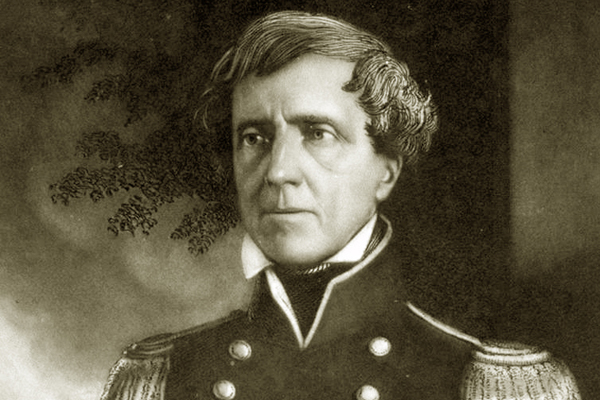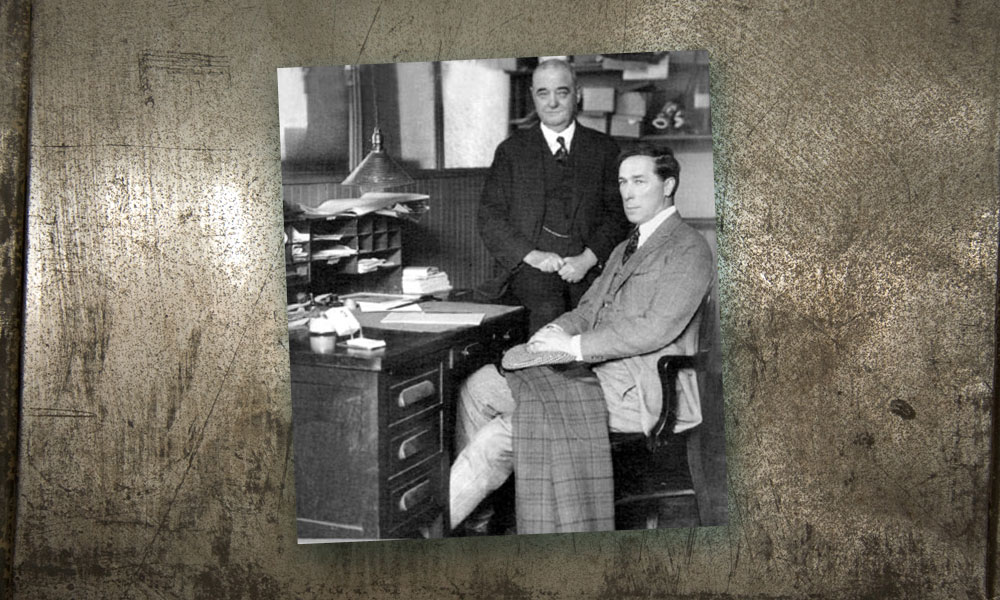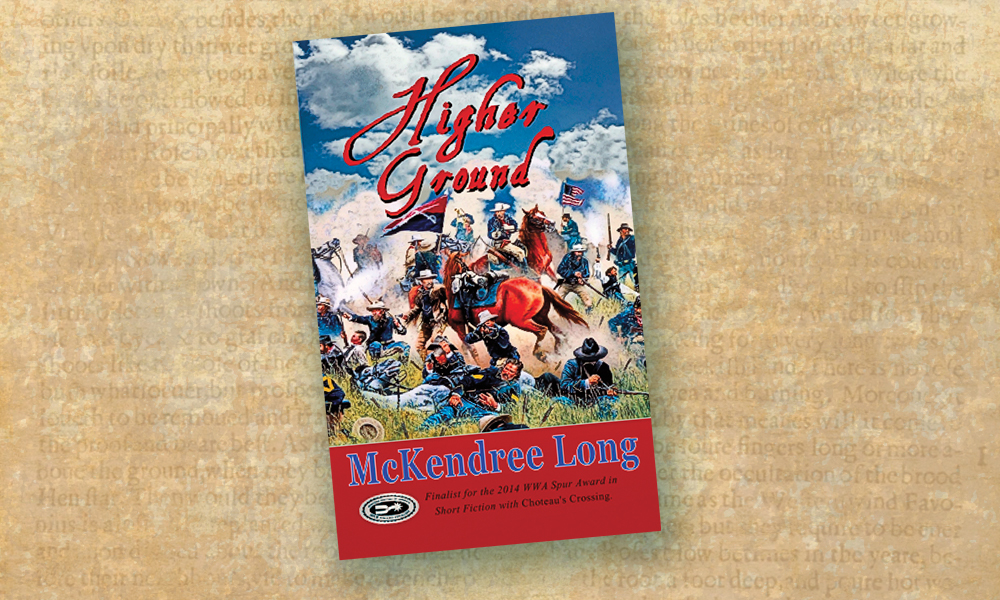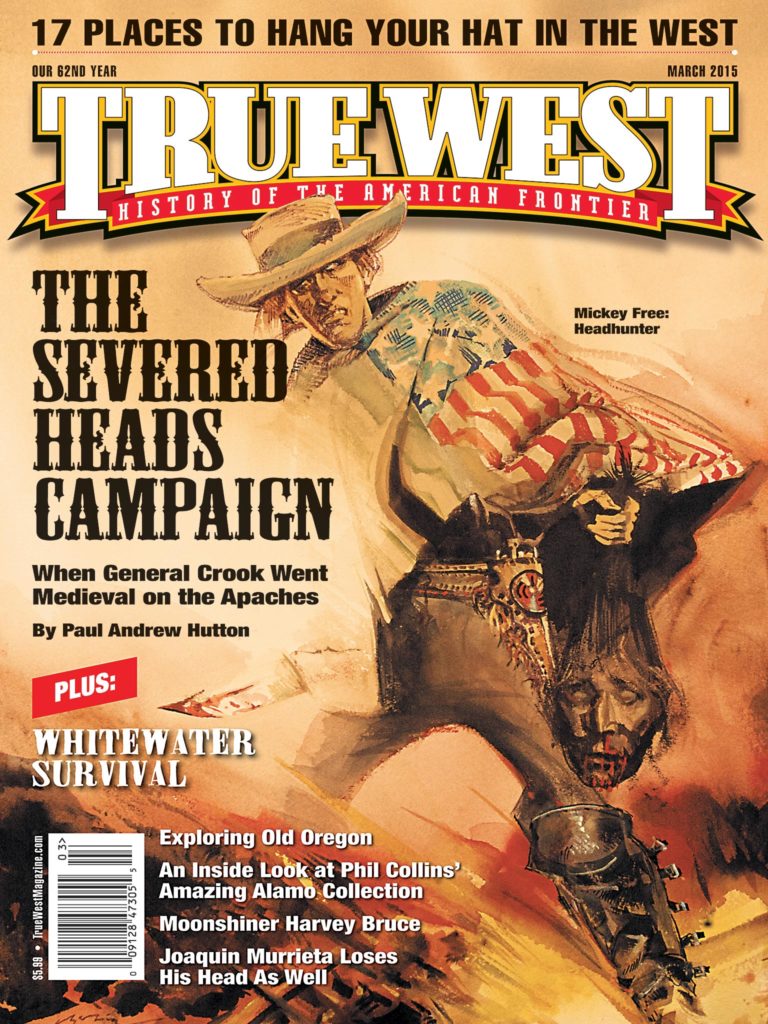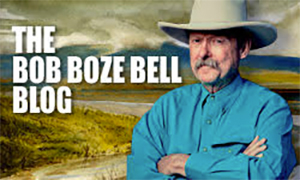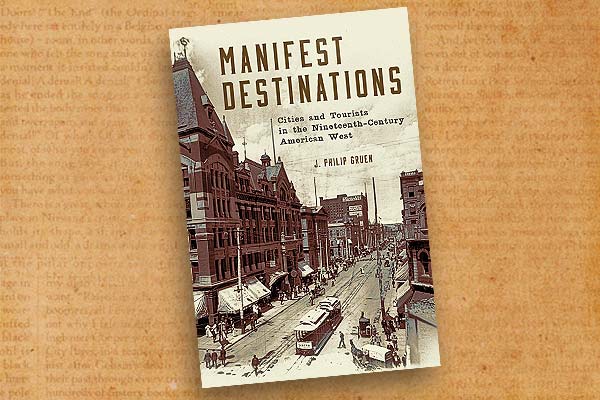 Focusing on an era after the railroads provided viable visitor access to the West but before the rise of the automobile, J. Philip Gruen’s poignantly titled Manifest Destinations: Cities and Tourists in the Nineteenth-Century American West, provides an illuminating assessment of the “modern” era of Western tourism in the cities of Chicago, Denver, Salt Lake City and San Francisco.
Focusing on an era after the railroads provided viable visitor access to the West but before the rise of the automobile, J. Philip Gruen’s poignantly titled Manifest Destinations: Cities and Tourists in the Nineteenth-Century American West, provides an illuminating assessment of the “modern” era of Western tourism in the cities of Chicago, Denver, Salt Lake City and San Francisco.
The book’s refreshing view of these urban centers, which diverges from a more customary post-World War II interpretation, posits that it was the natural environments surrounding these cities, rather than the cities themselves, that drew visitors from across the country. Gruen’s work provides a valuable framework for understanding not only the origins of modern Western tourism but of the cities themselves.
—Patrick Moore is president of the National Council of Public History


